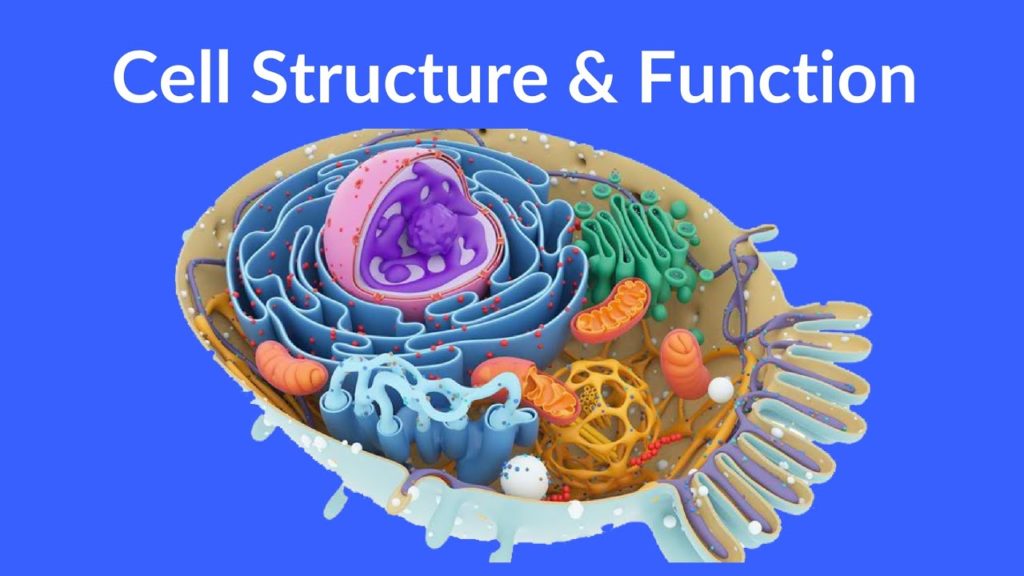There are many benefits that lie within music, so much so that it has been used for many different types of therapies. The power of music truly has no boundaries and has been used for many decades (and will continue to be used for many more to come).
When used with traditional therapies and a positive mindset, music can help humankind overcome a lot of different hardships. Music is known to impact your mood, so something as simple as putting on a happy upbeat song can make you feel better.
Have a look below at some of the major benefits that lie within music therapy:
Reduces depression
There have been a few studies that suggest music therapy can assist those who are battling depression. Mental health is a huge part of society today and is becoming increasingly common. Those struggling with depression should consider giving music therapy a try.
Music therapy works best when other treatments are also included, like psychotherapy as well as antidepressants. Other forms of depression including anxiety and obsessive compulsive disorder (OCD) can also benefit from music therapy. This is especially the case where the disorder is mild.
One of the issues for those facing depression is that they do not have the resources (predominately money) to fund the traditional forms of therapy and treatment. Music therapy can be a good place to start as there are a lot of self help articles and videos to try. If that doesn’t work, then it is certainly recommended that more cost effective traditional treatments be sought after.
Helps with pain management
Pain management can be quite difficult even with the assistance of medication. However, there has been research to suggest that music can help the healing process from an injury or even surgery. Music can help pain management with children and adults!
Music assists in lowering anxiety, blood pressure, heart rate as well as lowering pain levels. In a time were stress levels can be elevated because of pain, it is good to know that music can be there to help keep everything in check.
When used in conjunction with your standard care (as well as simply time to heal) music can work wonders to help the process along. It is also important to note that the type of music listen to can make a real influence. Listening to relaxing chill out music can be more beneficial then a dance party remix. You could find an online station like this one or listing to a traditional radio station.
Music therapy is certainly becoming more common in treating younger children, as medication is not an ideal option. As well as this, a study showed that children and teenagers that listened to music while undergoing a smaller surgery had less post surgery adjusting behaviors.
Music is also a fairly popular pain management tactic whilst mothers are in labor. While sometimes medication or other options of pain management become unavailable to those in childbirth, music is always available as a positive method.
Treating insomnia
Insomnia can be a very difficult condition to overcome. Many people (even those not suffering from insomnia) use music to help them fall asleep faster, and even have a better nights sleep.
Sleep is a very important part of a human beings overall health, including your mental and physical health. Not getting enough sleep can impact all different aspects of your life.
Other options to treat insomnia can become quite costly, so it is recommended to try the power of music before going down another path. Music can help you relax and get into the right mindset before falling asleep. Music therapy is something you can manage yourself and doesn’t require the use of medication.

